How to Fix “Bluetooth Issues” in Windows 11 22H2?
On Windows 11 (version 22H2), Bluetooth often shows devices as “connected,” but sound doesn’t play, or the connection drops quickly. This usually means Windows didn’t set up the right Bluetooth settings for your device, even though pairing was successful.
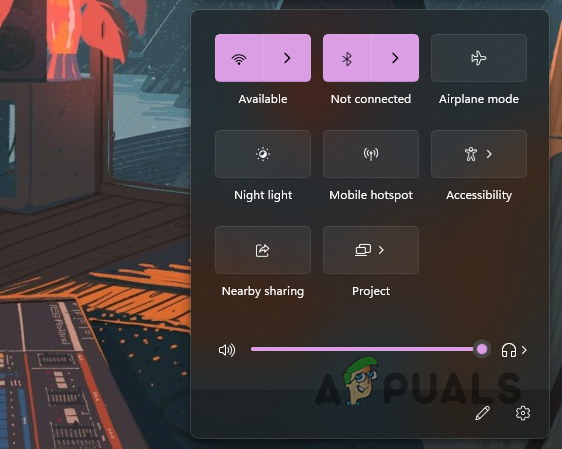
The main reason is that the drivers (especially from Broadcom, TP-Link, or Realtek) may not work properly or are blocked by security features like Core Isolation or recent Windows updates.
Other possible reasons include: Fast Startup being on, Windows power settings interfering, or Bluetooth support services being turned off after an update.
While these are some of the most common causes, keep in mind there may be other factors causing your particular Bluetooth issue. These are simply the problems that have affected many users. Let’s get started with the steps to fix Bluetooth issues in Windows 11 22H2.
1. Manually Add the Device (if not connected)
The first thing you should try when facing Bluetooth issues is to connect your device manually. Sometimes, your device won’t connect automatically after a Windows update—even if it worked before. This often happens after installing major Windows updates.
Manually connecting your Bluetooth device in Windows 11 is straightforward thanks to its improved interface.
- Open the Settings window by pressing Windows key + I on your keyboard.
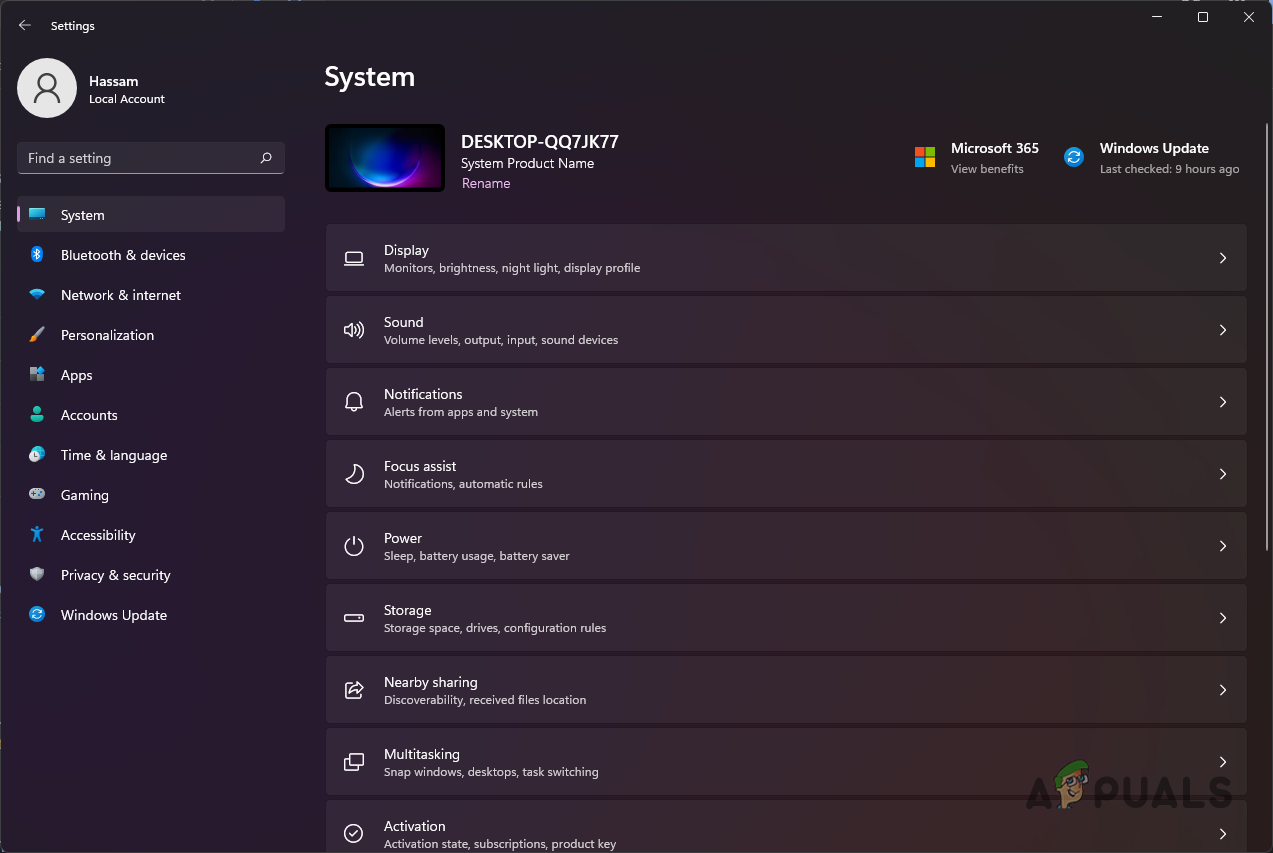
Windows Settings - On the left panel, go to the Bluetooth & devices section.
- Enable Bluetooth and then click on the Add device option.

Adding Bluetooth Device - On the next prompt, choose Bluetooth as the type of device you want to connect.
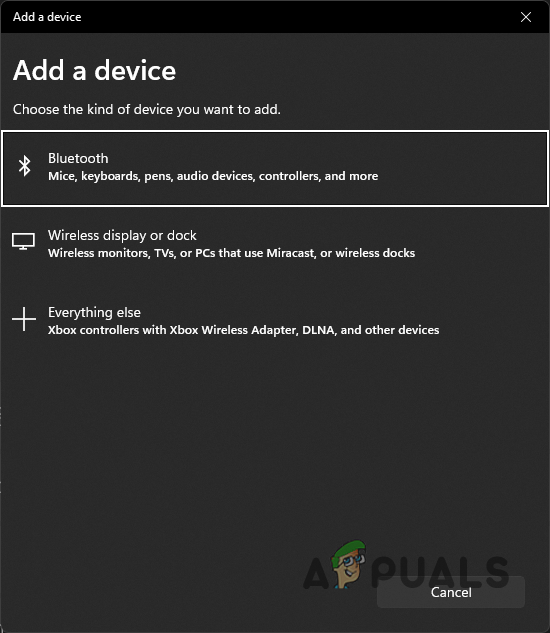
Choosing Type of Device - Wait for your computer to search for devices. Make sure your Bluetooth device is powered on, in pairing mode, and close to your computer.
- Once your device appears, click on it to finish pairing. Check if it now works as expected.
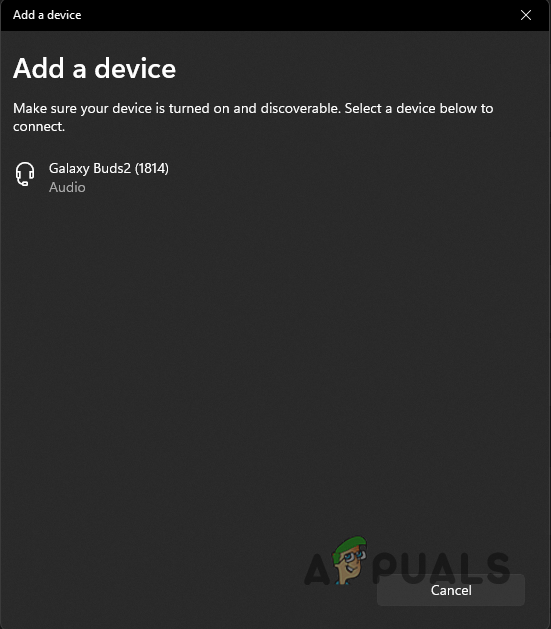
Connecting to Discovered Device
2. Disable and Re-enable the Bluetooth Device
Sometimes, your Bluetooth device may stop working randomly and only resumes after restarting your computer. In certain situations, you might not be able to turn Bluetooth on at all, which prevents your devices from connecting.
If you’re having trouble like this, disabling and re-enabling your Bluetooth adapter through Device Manager can help reset it.
- Open Device Manager by searching for it in the Start Menu.
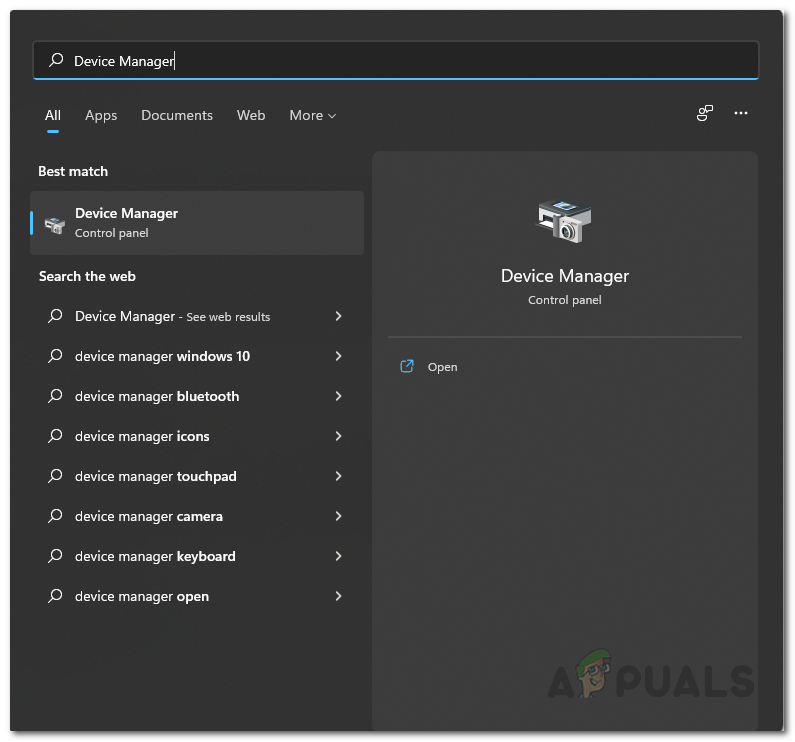
Opening up Device Manager - Expand the Bluetooth section to see all Bluetooth-related devices.
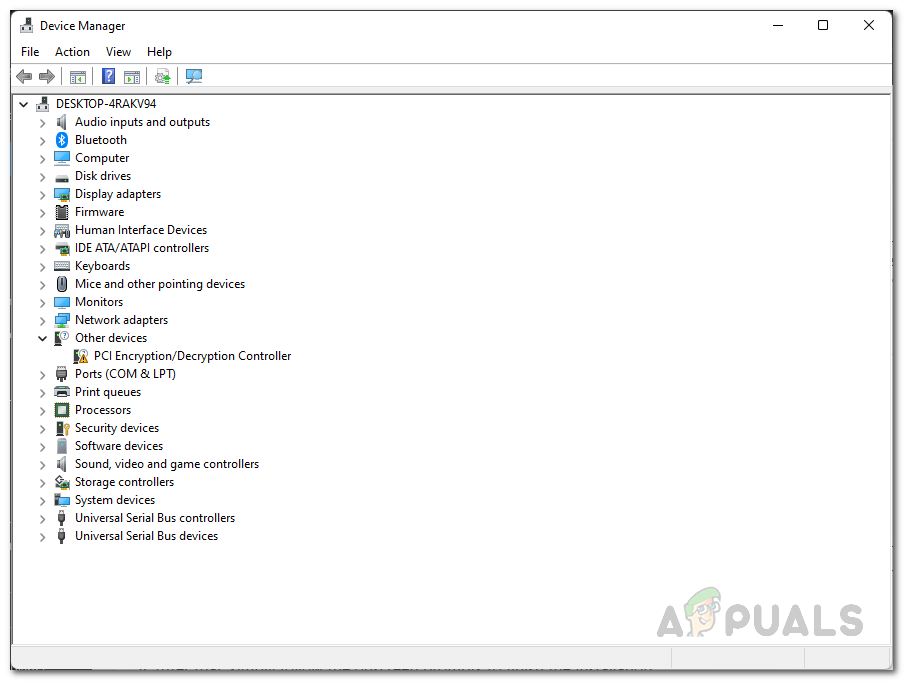
Device Manager - Right-click on the Bluetooth adapter you’re using and select Disable device.
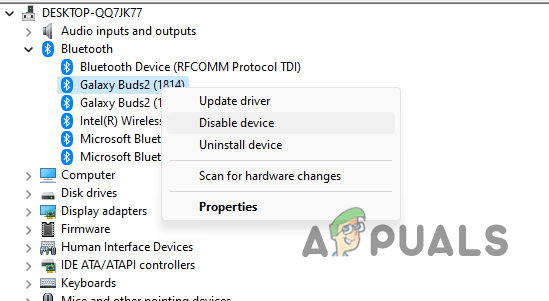
Disabling Bluetooth Device - Right-click on it again and select Enable device.
- Restart your computer once you’ve completed these steps.
- After your PC restarts, check if your Bluetooth issue is resolved.
3. Check Bluetooth Services
If your computer won’t connect to a Bluetooth device, it may be because required Bluetooth services aren’t running. These background services help Windows find and connect to Bluetooth devices, as well as handle audio if you’re using Bluetooth speakers or headsets.
Specifically, the Bluetooth Support Service, Bluetooth User Support Service, and Bluetooth Audio Gateway Service are important.
- Press Windows key + R to open the Run dialog box.
- In the Run box, type services.msc and press Enter.
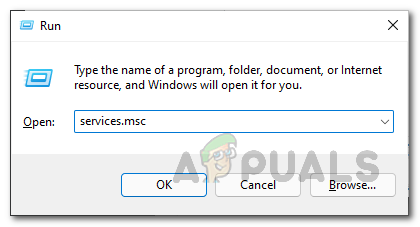
Opening up Services window - This opens the Services window. Find Bluetooth Support Service in the list (pressing B on your keyboard can help you jump to it quickly).
- If the service isn’t running, right-click it and select Start.
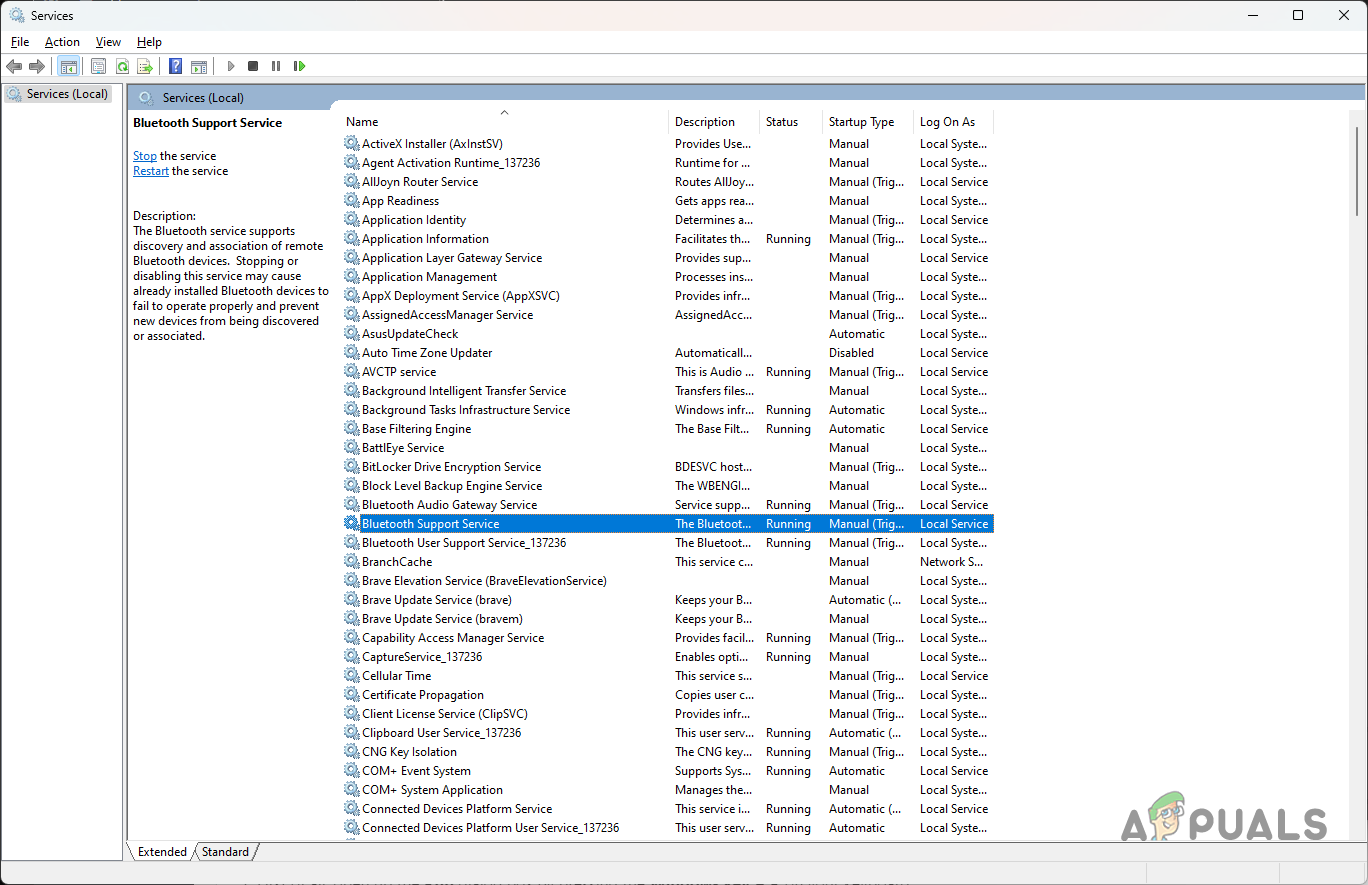
Bluetooth Support Service - Repeat this for Bluetooth User Support Service and Bluetooth Audio Gateway Service.
- After making sure these services are all running, see if you can now connect your Bluetooth device.
4. Install the Latest Bluetooth Drivers
Bluetooth drivers are what let your computer communicate with Bluetooth devices. If your drivers are outdated or having problems, Bluetooth may not work as expected.
Make sure you have the latest Bluetooth drivers for your hardware. First, identify your Bluetooth adapter—this information can usually be found in your computer’s or motherboard’s documentation. Many computers use Intel Bluetooth adapters, but yours may be different.
Go to your Bluetooth adapter manufacturer’s website to download and install the latest drivers. Once installed, restart your computer and check if the Bluetooth issue is fixed.
5. Disable Handsfree Telephony and Remote Control Device Services
Some Bluetooth devices offer services like Handsfree Telephony and Remote Control Device. If these particular services are causing issues—especially with Bluetooth audio or microphone functions—disabling them can help restore normal Bluetooth operation.
User reports suggest that Handsfree Telephony and Remote Control Device services are common sources of Bluetooth problems.
- Start by opening the Control Panel. You can find it by searching in the Start Menu.
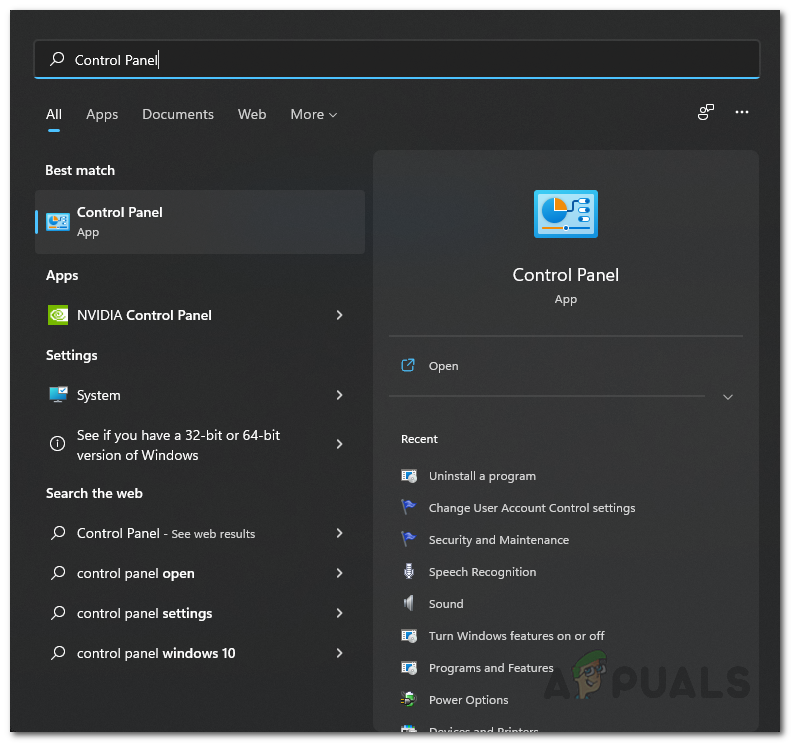
Opening up Control Panel - In Control Panel, click on Hardware and Sound.

Control Panel - Click Devices and Printers.
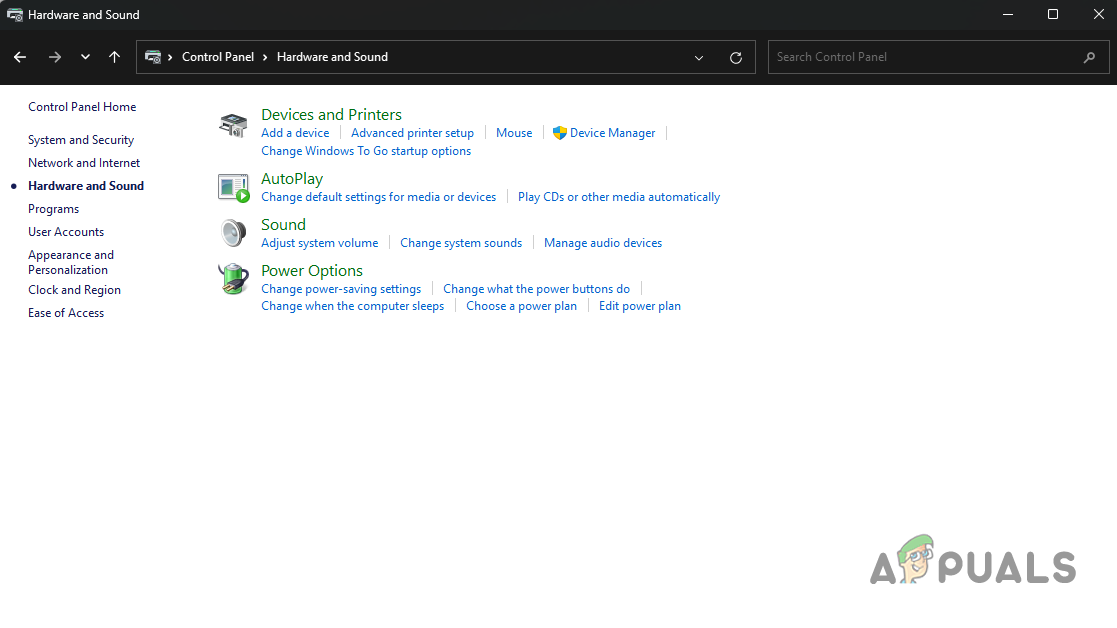
Navigating to Devices and Printers - If you see Bluetooth settings, click on Devices.
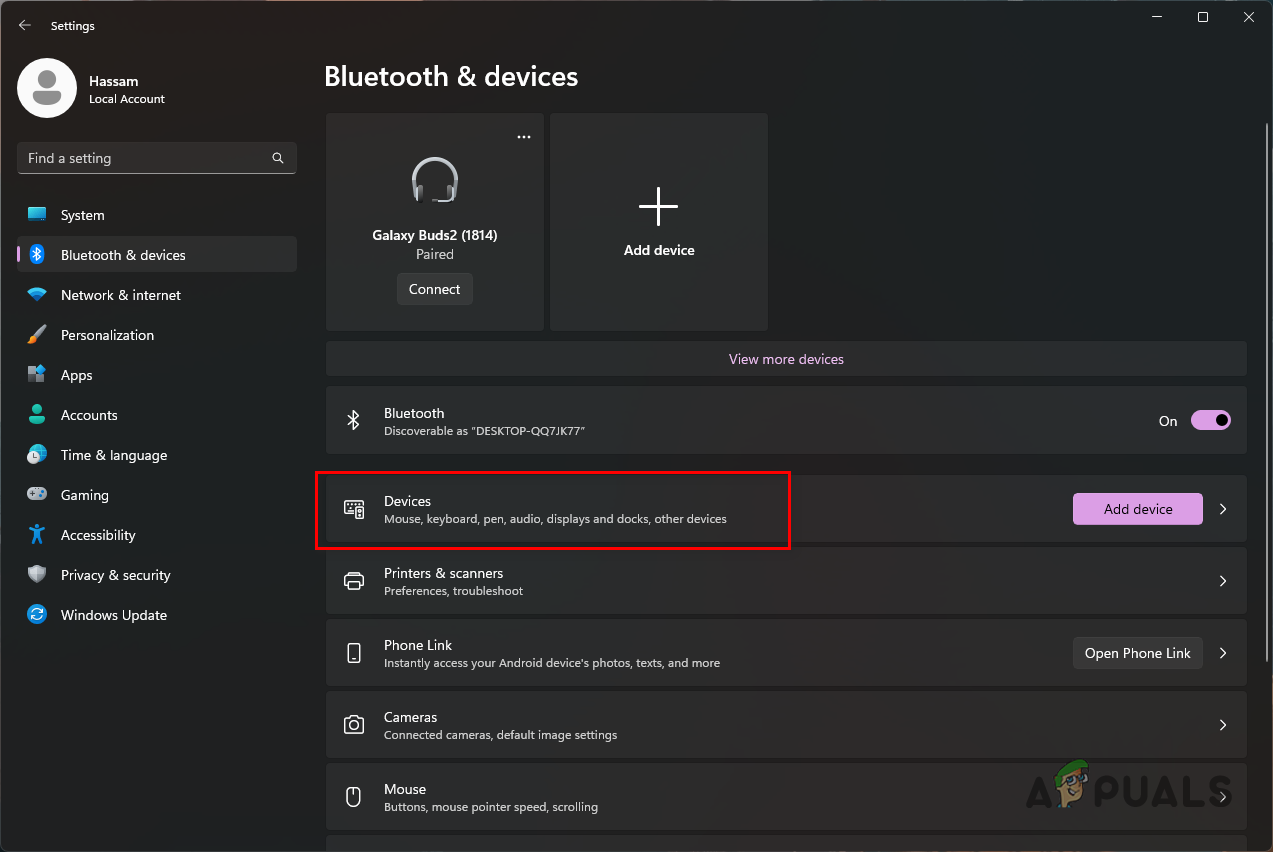
Navigating to Bluetooth Devices - Scroll down and select the More device and printer settings option.
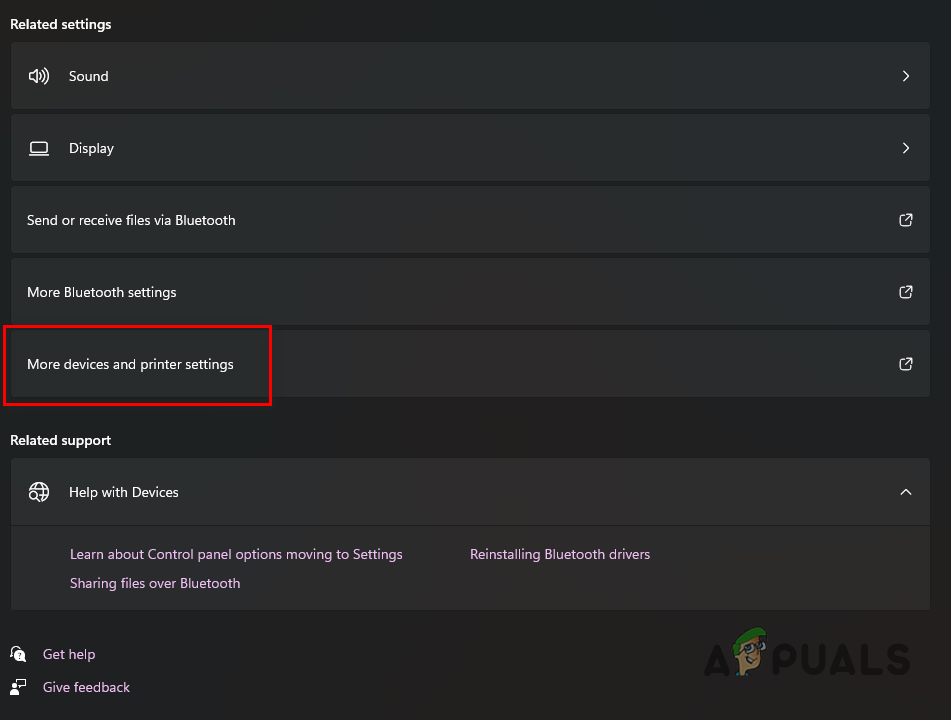
Navigating to Additional Devices Settings - Double-click your Bluetooth device among the listed devices.
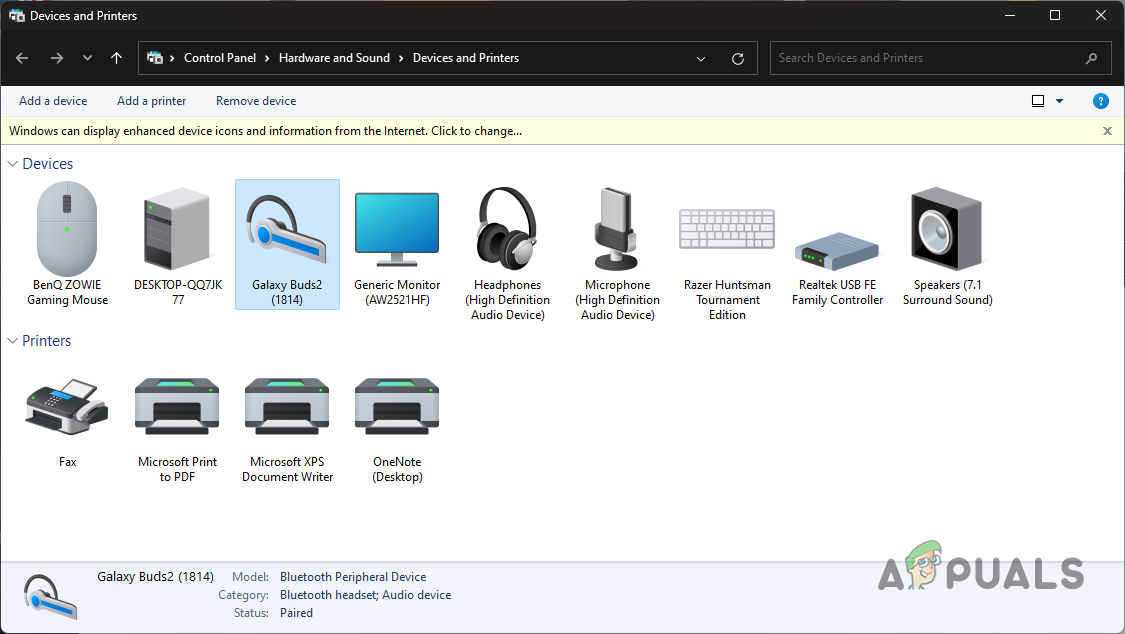
Connected Devices - Go to the Services tab. Uncheck the boxes for Handsfree Telephony and Remote Control.

Bluetooth Device Services - Click Apply and then OK. Check if Bluetooth now works correctly.
6. Update Windows
If none of the above solutions help, it’s a good idea to check for any pending Windows updates. Microsoft often releases fixes for known issues through Windows Update.
- Press Windows key + I to open the Settings app.

Windows Settings - On the left, select Windows Update.
- Click the Check for updates button and let Windows download and install any updates.
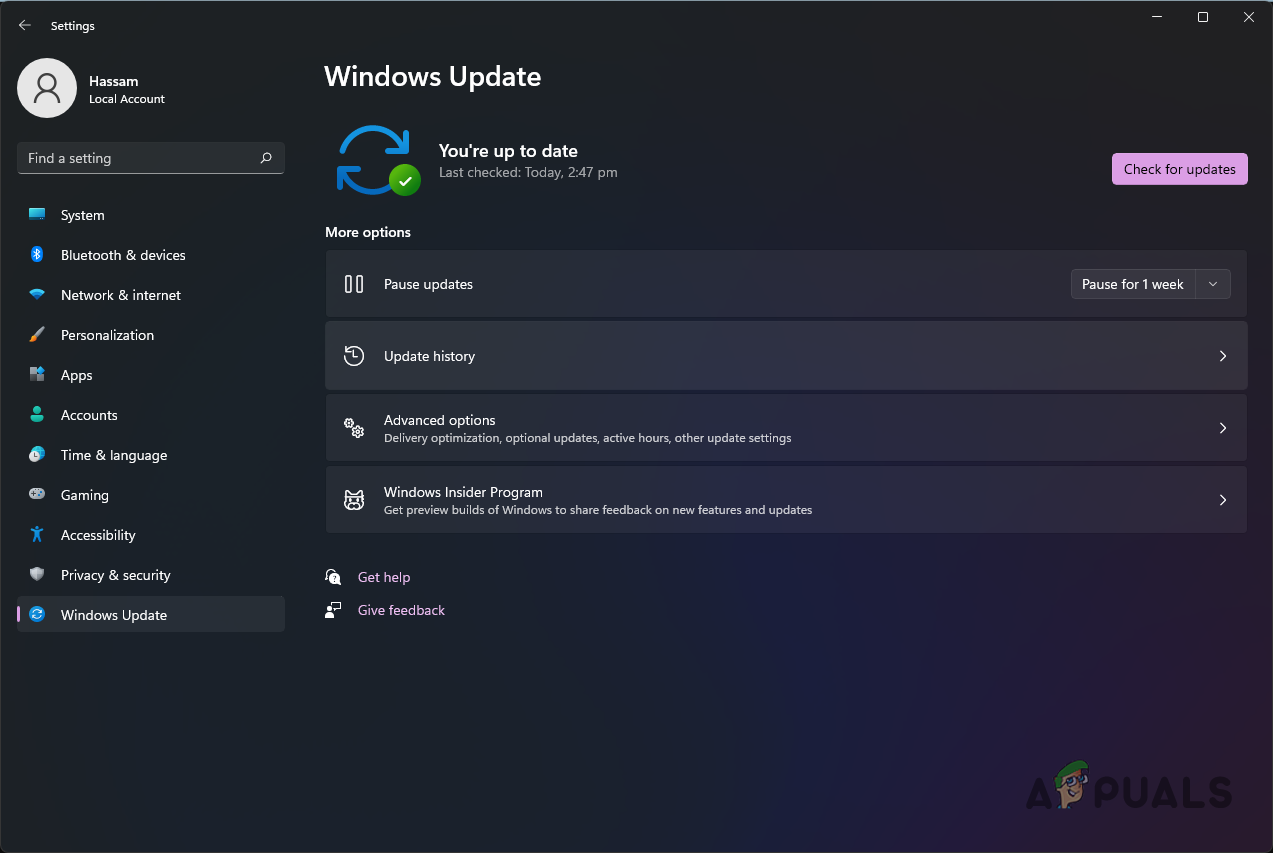
Checking for Updates - Once updates are installed and your PC restarts, see if Bluetooth is now working normally.




